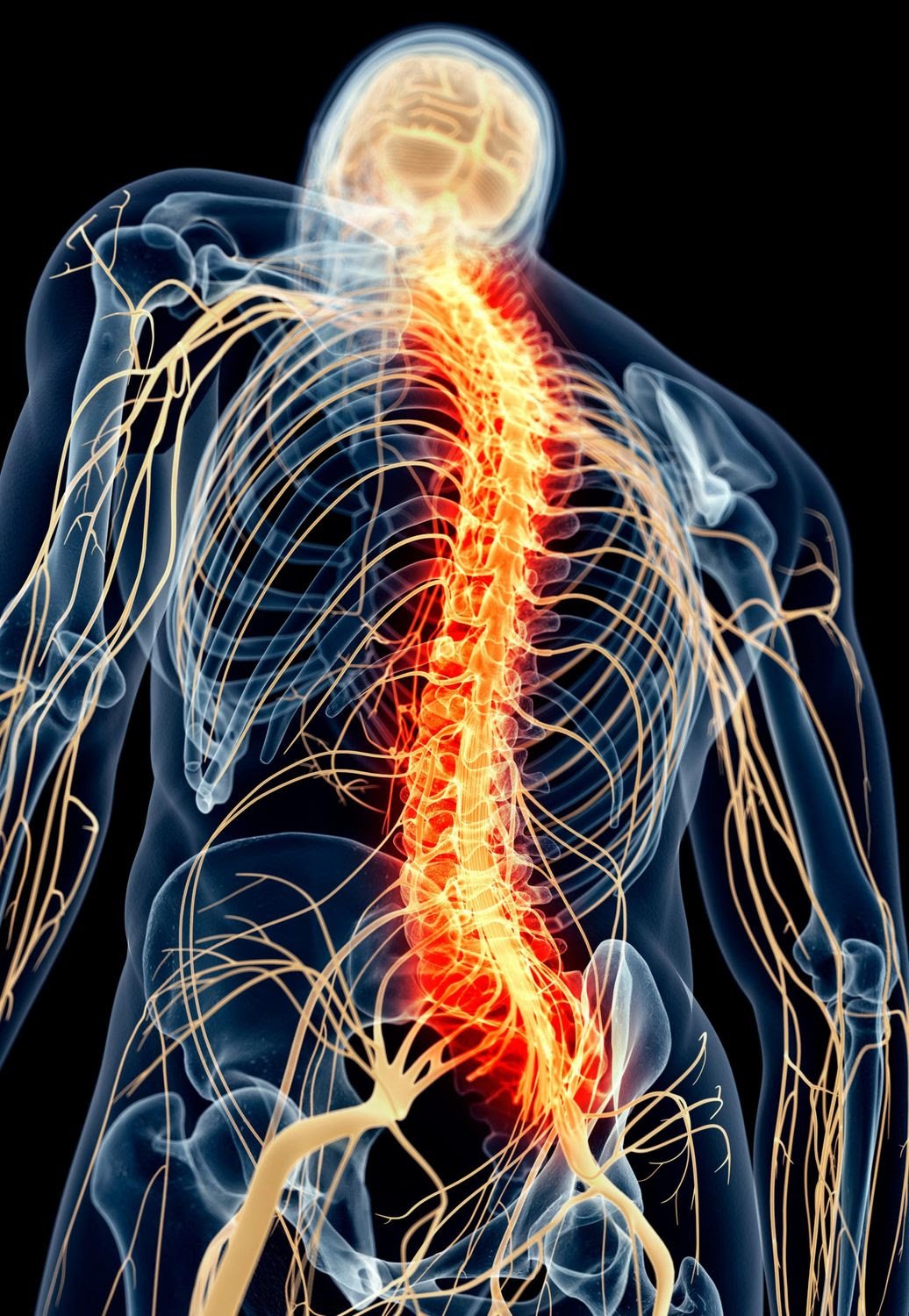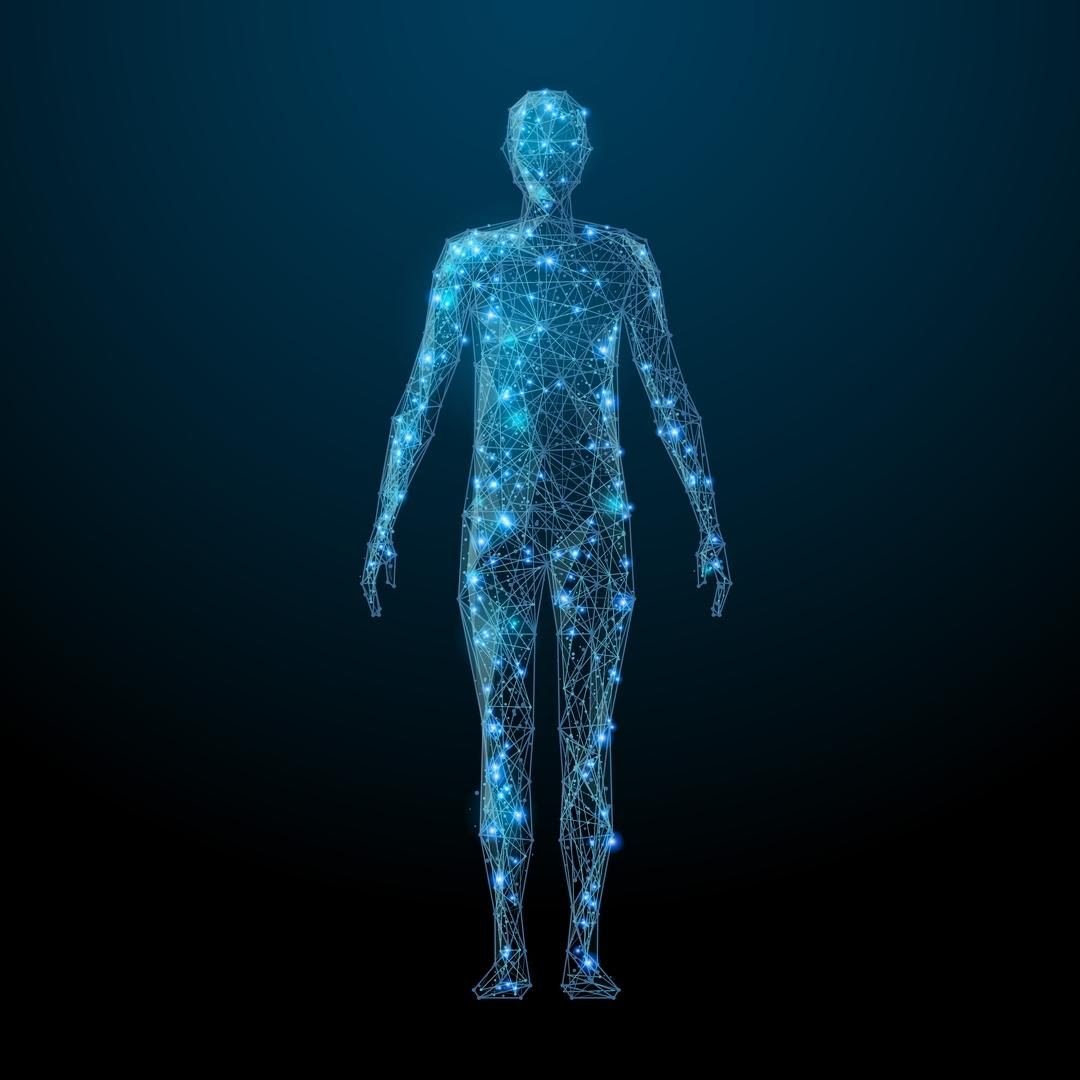Bill's Journey On Route 16
Welcome to “Illuminate”, our Blog Newsletter that comes out around the first week of every month. The purpose of this newsletter is to shed light on topics that we find essential in achieving true health and wellness. Knowledge is power. When it comes to healing, the more we know and understand about our bodies, the more effective we can be.
The International Association for the study of Pain (IASP) defines pain as, “An unpleasant sensory experience associated with, or resembling that associated with, actual or potential tissue damage."
Another definition of pain proposed by Williams and Craig (2016) states that, “Pain is an aversive experience associated with actual or potential tissue damage with sensory, emotional, cognitive, and social components.”
Here’s the most interesting part of these two definitions to me - “actual or potential tissue damage”. This means pain can occur even if tissue damage doesn’t. Hmmmm. Let’s hold onto that one for another day and instead start with a logical and intuitive explanation and cause for pain. The one that our conscious brain perceives more easily. “Tissue damage hurts”. Said another way, “if I hurt I must have tissue damage”.
No one plans to get hurt when they wake up in the morning. It just happens. Sometimes we have an amazing story to tell of how it happened and sometimes it can be as simple as stepping off the curb to cross the street. In either case, this injury and the resulting pain starts with an experience. One that our subconscious mind has processed down to the millisecond with all sorts of details and nuances and one that, when asked by the doctor, our conscious mind will simply recall as, “I rolled my ankle stepping off of the curb”. In either case this experience initiates a response. To explore this response, let’s create an imaginary patient named “Bill” and a believable local story with a common mechanism of injury.
Bill is walking across Kearsarge Road in North Conway, NH to get a coffee and a bagel sandwich at Frontside Grind. He is in a bit of a rush as he steps off the curb and rolls his right ankle. He careens to the right, arms flying outward, and barely manages to stay upright as he feels something “pop”. He has immediate pain and has to hop across the street before the light changes where he sits on the nearest bench. He repetitively assures some inquiring strangers that he is fine (even though he isn’t) and takes a minute to gather himself and assess.
Inside Bill’s body is a remarkable sensory system that has been constantly busy detecting small changes and telling his brain about them. This process was in fact happening while Bill was walking down the sidewalk. It was happening when he had to step around the people waiting in line at Zeb's General Store and when he had to pull the collar of his jacket up around his neck a little higher due to the cold breeze on this overcast spring day. The brain was taking care of it all without Bill even being aware of it. Instead he was consciously busy going through his to-do list for when he got back to the office.
This sensory system that is in constant motion also has a “danger alarm system” that detects changes that are big enough to be dangerous. When Bill stepped off the curb and rolled his ankle, his “danger alarm system” was set off by a number of sensors - he saw his ankle roll over in a very abnormal way, he heard his ankle pop, he had to hurry across the road as the light changed so he didn’t get hit by a car, and oh yes, the tissues in his ankle have experienced damage from injury.
In this instance there has been sufficient stimuli in this experience for neurons to send an alarm signal to Bill’s spinal cord and then upward and onward to his brain. This is called “nociception” which literally means “danger reception” or by definition, “the process by which noxious stimulation is communicated through the peripheral and central nervous system”. It is important to note that this is only a precursor to pain, it is not the sensation of pain. We’re not there yet. The danger message has to first arrive in the brain along with the other sensory feedback and it must be processed. The brain has the responsibility of analyzing the data and constructing the story. A story that is not only based on all of the new information arriving but also on the vast amount of information already stored in Bill’s brain. The brain will then give Bill a perception of what is happening. In this case the brain creates pain so that Bill knows he is injured, therefore protecting the ankle by hopping, not walking, to the bench. The awe-inspiring aspect of all of this is how fast it all happens. By the time we consciously experience pain the entire process has already occurred subconsciously. But that is just the beginning.
Did you know that a pain experience is also associated with altered activity in many systems of the body? It is all of these systems that help us to escape trouble and work hard for us until we are safe.
The Sympathetic Nervous System:
Increase heart rate, mobilize energy stores, increase vigilance. This system stimulated Bill to assess his immediate surroundings and recognize the need for action. He was in fact on the road at a busy intersection.
Motor System:
Run away, fight, protect damaged area. This system got Bill off the street.
Endocrine System:
Mobilize stores, reduce gut and reproductive activity. This system will probably mean that Bill won’t care much about that coffee and bagel sandwich.
Pain Production System:
Motivate to escape and seek help, attract attention. This system had Bill seeking out the bench. But other factors had him waving away the concerned bystanders. Most likely Bill will be taking out his cell phone to have someone come and get him.
Immune System:
Occurs later: fight invaders, sensitize neurons, produce fever, make sleepy to promote healing. Bill is going to feel worn out later and also highly sensitized to any perceived threats to his painful ankle. For example when his 10 week old puppy tries to jump up on the couch when he is icing.
Parasympathetic System:
Occurs later: nourish cells, heal tissue. This system needs Bill to get a good quality night’s sleep.
From this moment onward, the healing power of Bill’s human body also kicks on in order to return his body to full function as soon as possible. Due to science and research, the healing process of damaged tissues is predictable and dependable. When Bill goes to the walk-in clinic at Memorial Hospital later today the doctor will be able to tell him what to expect based on these three phases: inflammatory, proliferative, and remodeling.
Did I mention that Bill is a father of four, works long hours running his own construction company, and needs his daily 5 mile runs to manage stress and anxiety?
One important variable to consider when thinking about tissue healing is that it does depend on the type of tissue damaged, its blood supply and biological make-up. Less blood supply will result in slower healing times and in some cases poorer outcomes. Thankfully Bill doesn’t smoke, he gets regular exercise, and he eats a clean and healthy diet. Good job Bill! This is when the investment you put into your body today will impact your unforeseen tomorrows.
Once the healing time has passed the tissues will not get another chance to go through this specific healing process. A healing process that I consider to be the most effective one. It is also important to note that once the tissue is no longer in danger the pain process and protective signals coming from the brain should subside.
Chronic pain is defined as pain that lasts longer than three months and as I stated before it is the most costly health problem in the U.S. After three months, in most cases, the normal tissue healing process has occured and tissue damage from the injury is no longer a variable in your pain. So why is pain still present?
This is where we are heading next. Join me next month when I talk about the modern day pain models and dive into the other variables that are responsible for causing us pain. It is important to know that we have learned more about the biology of pain in the last twenty years than in the previous thousand years and it is fascinating. As always, please feel free to reach out and share your own thoughts and feelings as you read these emails. We love hearing from you and talking with you. Be well and enjoy the day!
Shellie








